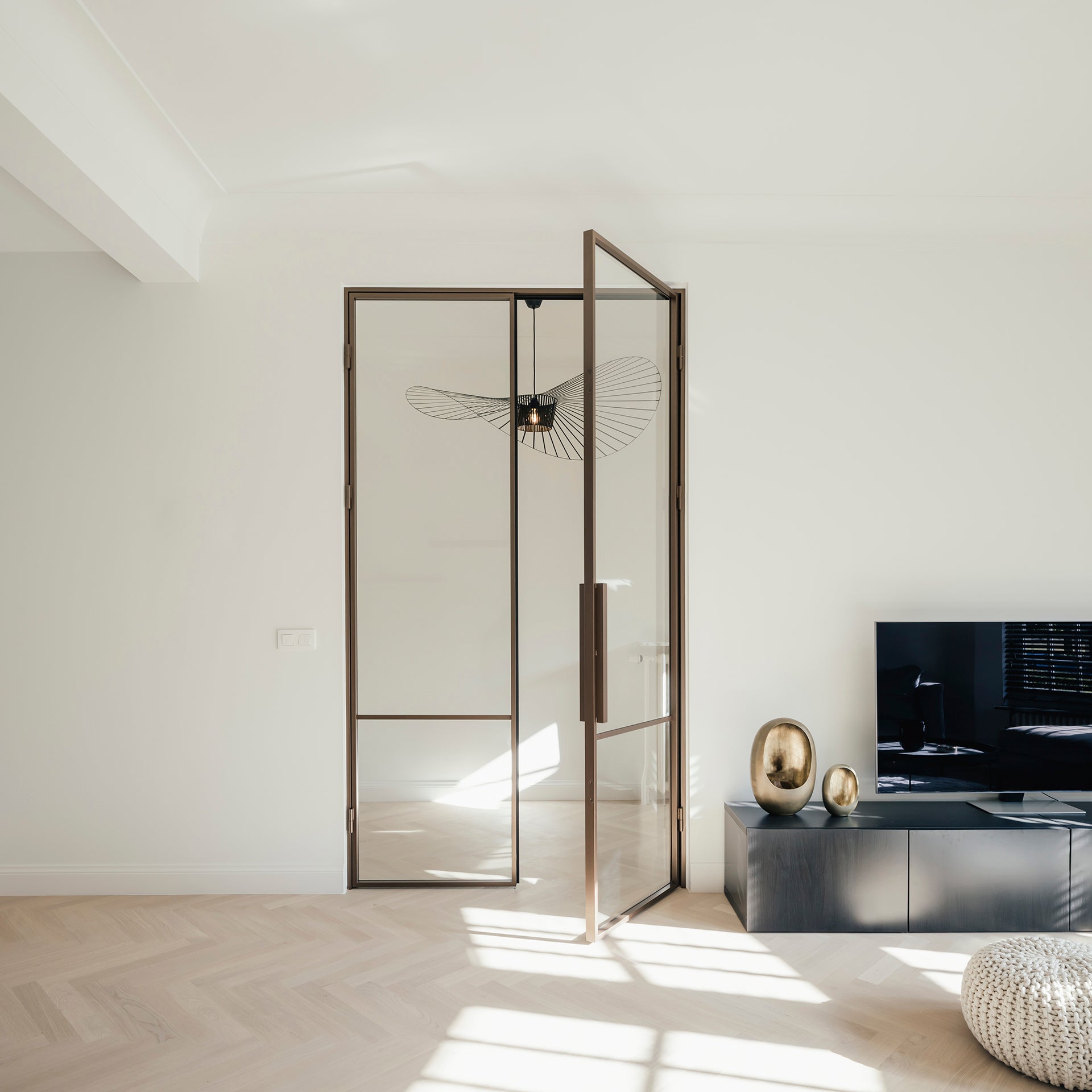In the steel door industry, OTIF—On-Time In-Full—is more than a buzzword. It’s a performance metric that separates reliable suppliers from the rest. For clients in construction, architecture, and residential development, a supplier’s OTIF record directly impacts timelines, budgets, and building compliance.
But what actually makes OTIF possible from a technical and operational standpoint? Let’s break down the engineering, logistics, and coordination that ensure steel door sets arrive on time and in full—exactly as promised.
What Does OTIF Really Mean in Practice?
OTIF means two things:
-
On-Time: The delivery arrives on the agreed date.
-
In-Full: Every item and component specified in the order is delivered without error, damage, or substitution.
In the case of a steel door set, this includes:
-
Correctly sized and prepped door leaves
-
Frames with matching preps and reinforcements
-
Hinges, locks, closers, and accessories
-
Fire/smoke certifications (if applicable)
-
Finishes and colors as ordered
-
Correct quantities and labeling for on-site installation
If one of these is missing, OTIF fails—and the project suffers.
To see how this plays out in a residential context, check out our post on how OTIF door sets benefit modern homes.
Engineering for OTIF: Built to Specification, Not Just Standard
To deliver in full, steel door sets must be precisely engineered. That starts with CAD-integrated production systems and specification management.
Key Elements:
-
Integrated BOMs (Bills of Materials): Digitally linked to customer specs, reducing manual errors
-
CNC manufacturing: Ensures consistency in cut-outs, hinge preps, and glazing
-
Tolerance alignment: Frame and door manufactured as a system, minimizing fitting issues on-site
-
Pre-install testing: Hardware fitted in the factory to verify compatibility before delivery
These technical systems reduce rework, increase reliability, and are critical for OTIF consistency.
Want to dive deeper into what makes these systems so effective? Read our blog on how steel door sets are engineered for performance.
Operational Control: Logistics and Timing Are Everything
Even the best-engineered door set can fail OTIF without tight logistics. Here’s how technical planning supports punctual delivery:
-
Digital order tracking: Every stage from design approval to packaging is timestamped
-
Factory scheduling software: Ensures production capacity aligns with lead times
-
Barcode scanning for picking: Reduces the risk of missing parts
-
Project-specific packaging: Door sets are packed and labeled for installation zones or building floors
We also coordinate closely with site managers to adapt delivery windows to real-world constraints. Learn more in our guide on how we manage factory-to-site logistics for OTIF delivery.
The Cost of Poor OTIF: Technical & Financial Fallout
When OTIF fails, the ripple effects can be significant:
-
On-site delays due to missing components
-
Extra costs from emergency shipping or manual retrofitting
-
Quality risks from using incorrect or mismatched hardware
-
Client dissatisfaction and penalty clauses triggered
In regulated spaces like fire-rated or secure doors, incorrect delivery can also compromise compliance.
If you're a developer or contractor, these risks can escalate fast. Read more in our article on the hidden costs of poor OTIF in construction projects.
Conclusion: OTIF Is Engineered, Not Assumed
High OTIF performance in steel door sets doesn’t happen by chance. It’s the result of technical precision, digital coordination, and end-to-end supply chain control. For project managers, builders, and homeowners, working with a supplier that prioritizes OTIF means fewer headaches—and far better outcomes.
Explore more about what makes steel door sets work in the real world in our blog: Engineered for Performance: How OTIF Steel Door Sets Enhance Modern Homes.



Engineered for Performance: How OTIF Steel Door Sets Enhance Modern Homes
What OTIF Means for You: The Homeowner's Guide to Reliable Steel Door Sets
Share: